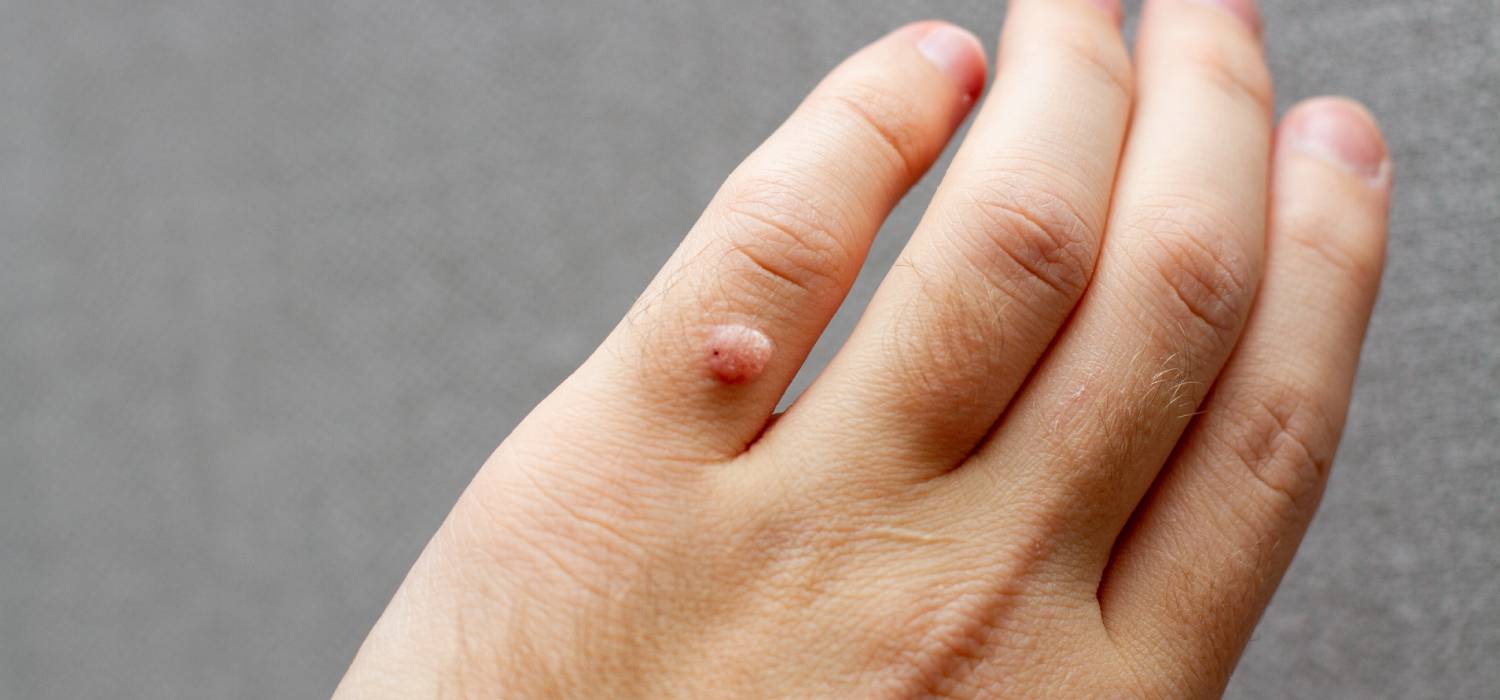Learn About How We Can Help With Warts
You probably know that our skin is our body’s largest organ, and you may even have some personal experience with warts. Warts develop when certain types of human papillomavirus infect the upper layer of the skin. While unsightly, warts are not generally dangerous or a cause for worry. Typically, these rough growths will go away without the need for treatment. In the event that you are experiencing warts that have not gone away, Dr. Bolante at Parasol Dermatology can help.
Warts and How Parasol Dermatology Can Help
The first thing we’d like to reiterate about warts is that they generally are not dangerous and are not cancerous. They’re infectious, being able to transfer from one person to another, and may appear in new places on someone with warts due to nail-biting or touch.
Learn More: https://parasoldermatology.com/medical-dermatology/warts/
Warts come in several forms, defined by their appearance and where they grow. The most common forms of warts include:
- Common warts: Appearing around the nails, fingers and back of the hand, these are among the most common warts. These warts often feel like rough bumps on the skin.
- Foot (plantar) warts: When warts appear on the soles of the feet, they’re known as plantar warts. This type of wart tends to grow in dense clusters and can be quite painful.
- Flat warts: While most warts are raised in rough patches, flat warts are smaller and appear in large numbers. They can appear anywhere on the body.
- Filiform warts: These most often develop on the fingers and often appear to have long threads issuing from them. This type of wart tends to spread quite quickly.
- Genital warts: These warts are the result of HPV strains that spread primarily via unprotected sex. Certain strains have been linked to the development of cervical cancer.
When warts develop, you can recognize them as odd growths or bumps that appear on the arms, legs, hands, face or fingers. They may be rough, and some can be painful to the touch. Sometimes you may see black pinpoints within them from small blood vessels that have become clotted. If you’re wondering if it’s time to see Dr. Bolante about your warts, consider the following factors:
- Self-treatment hasn’t been successful in eliminating them.
- They’re painful.
- They interfere with day to day activities.
- Your immune system is weakened.
- There are indicators of infection, such as fever.
In the majority of cases, Dr. Bolante will be able to diagnose your warts with a simple visual exam. Occasionally other approaches will be needed, including a biopsy or removing the top layer to identify clotted blood vessels.
Treating Warts At Parasol Dermatology
Once you’ve exhausted over-the-counter treatments, it may be time to try other approaches. At Parasol Dermatology, we may employ cryotherapy, acid treatments or laser treatments to remove your warts. Prevention is definitely worth a pound of cure, so try to keep to the following habits. Wash your hands frequently; don’t bite or chew your fingernails; wear footwear in public showers; moisturize your hands frequently; and avoid sharing toiletries. When warts are already present, it’s time to call Parasol Dermatology.


